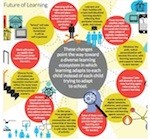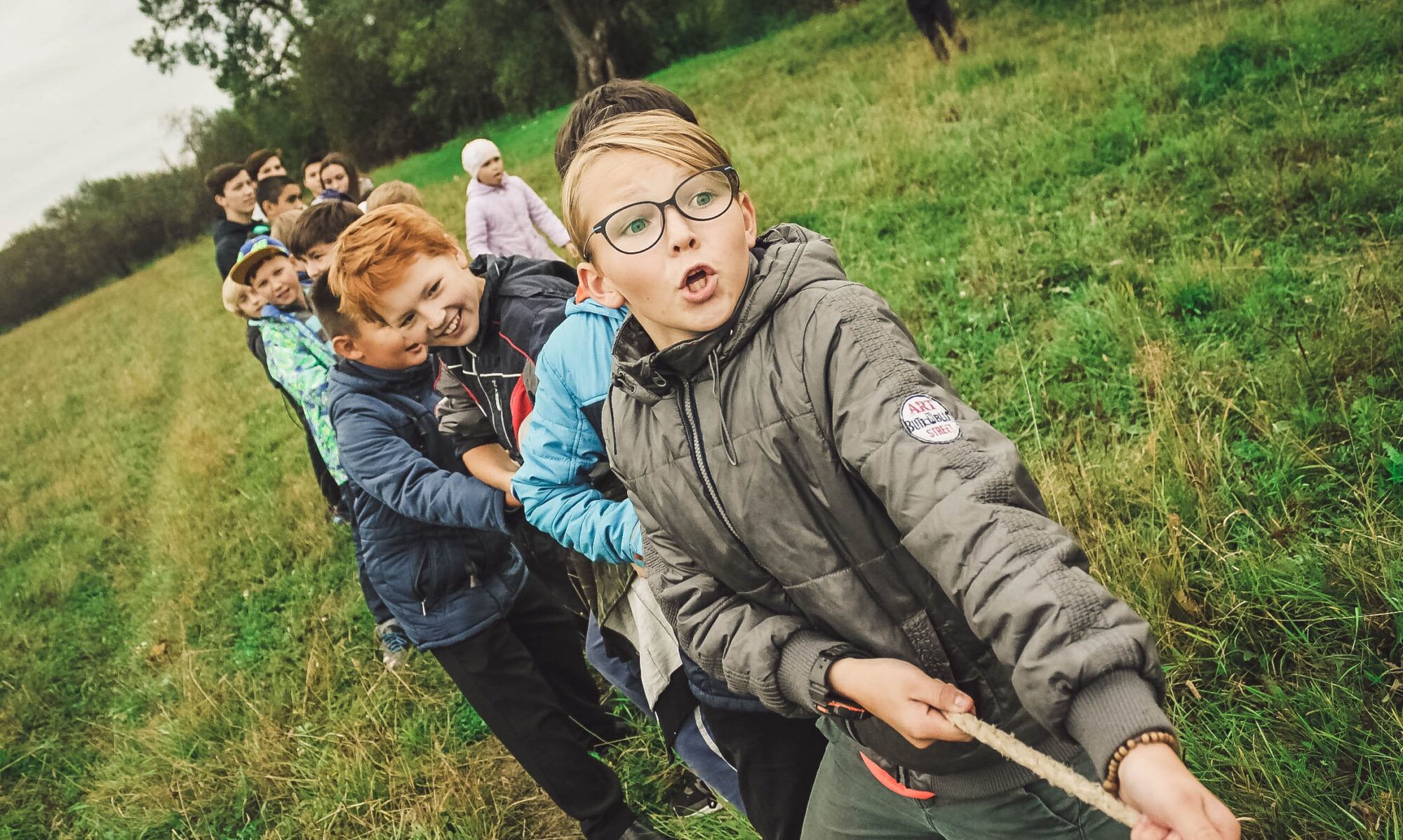What does change really look like?
 I’ve been on the search for examples of teachers creating multiple learning pathways in middle level classrooms. I need concrete examples of what one might look like to wrap my head around this change agenda. Today, I’m looking at massive open online courses (MOOCs); are there multiple learning pathways with MOOCs?
I’ve been on the search for examples of teachers creating multiple learning pathways in middle level classrooms. I need concrete examples of what one might look like to wrap my head around this change agenda. Today, I’m looking at massive open online courses (MOOCs); are there multiple learning pathways with MOOCs?
Take 4 minutes to watch the following video if the term MOOC is new to you:
This Future of Learning infographic helps define a “diverse learning ecosystem”:
Notice they suggest “a wide variety of digital networks, platforms, and content resources will help learners and learning agents connect and learn.”
What might this look like in a middle school classroom?
6th grade does Stanford Math MOOC
One recent experiment involving 6th grade teachers at Edmunds Middle School in Burlington VT is worth a look. Laura Botte and Ian Bleakney, both math teachers and both committed to establishing a growth mindset in their classrooms, took on the role of “learning agents” as they joined thousands of other students around the world in participating in the Stanford MOOC (Massive Open Online Course) EDUC115-S How to Learn Math – For Students
When we think about students choosing online courses as one of their multiple pathways for learning, we often imagine the isolated single student, headphones on, hunched over a keyboard in a kiosk, engaging with digital learning materials divorced from important human interactions. While this is one scenario of introducing blended learning into schools, an alternative is to create opportunities for online learning that are participatory, collaborative, and connected via a MOOC.
I’ll be sharing feedback from the teachers and students who participated in the Stanford Math MOOC soon.
MOOCs for college prep
Another example of opening multiple pathways of learning via MOOCs comes from edX, one of many MOOC providers, who recently announced it had created courses for high school students to help them prepare for college level work.
The CEO of edX, Anant Agarwal, declared meeting the needs of the over 150,000 high school students who participate in MOOCs as a high priority for the company. Students participating will be able to track their progress online but will not earn credit for participation. edX provides a variety of ways to show evidence of participation:
A quick look at the high school focused offerings suggests most are AP prep courses or are focused on increasing computer programming skills, but with course titles like The Beauty and Joy of Computing, the catalog is worth exploring.
Explore more MOOCs
If you are interested in exploring the world of MOOCs for your own benefit, or to introduce a MOOC into your classrooms, here is a list of MOOC providers.
Check out these two infographics on MOOCs to get a better sense of who participates and who is behind-the-scenes.







Multiple pathways with MOOCs http://t.co/JIphovSRX8 #differentiation #edtech